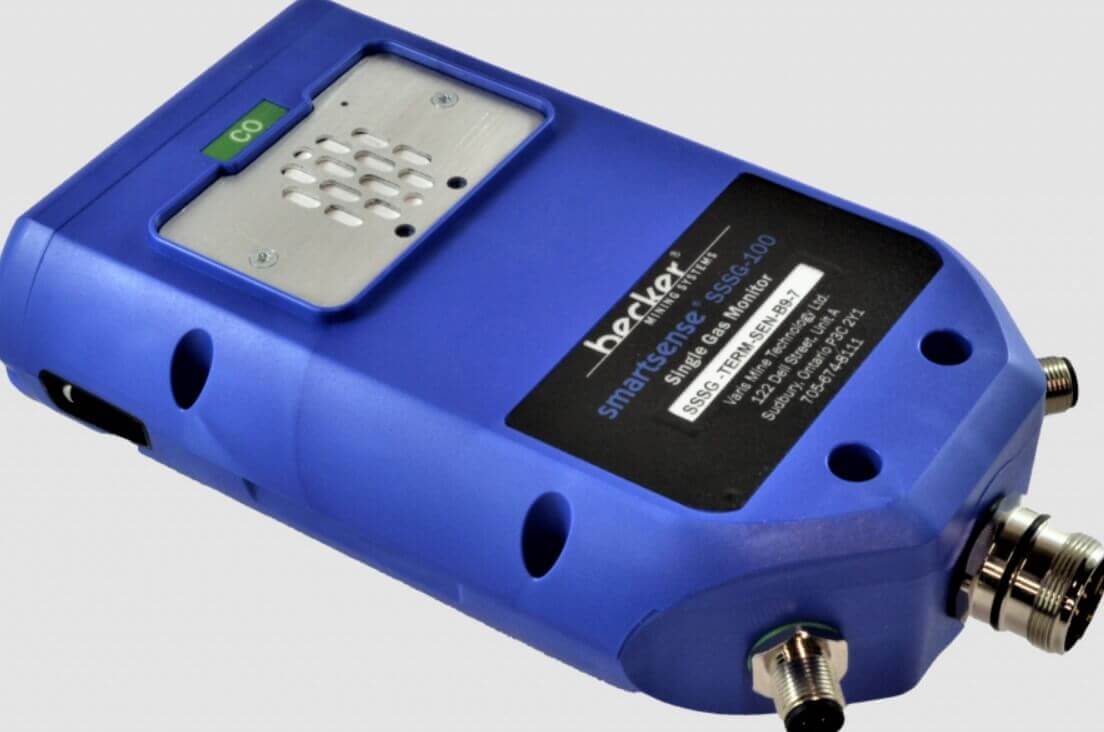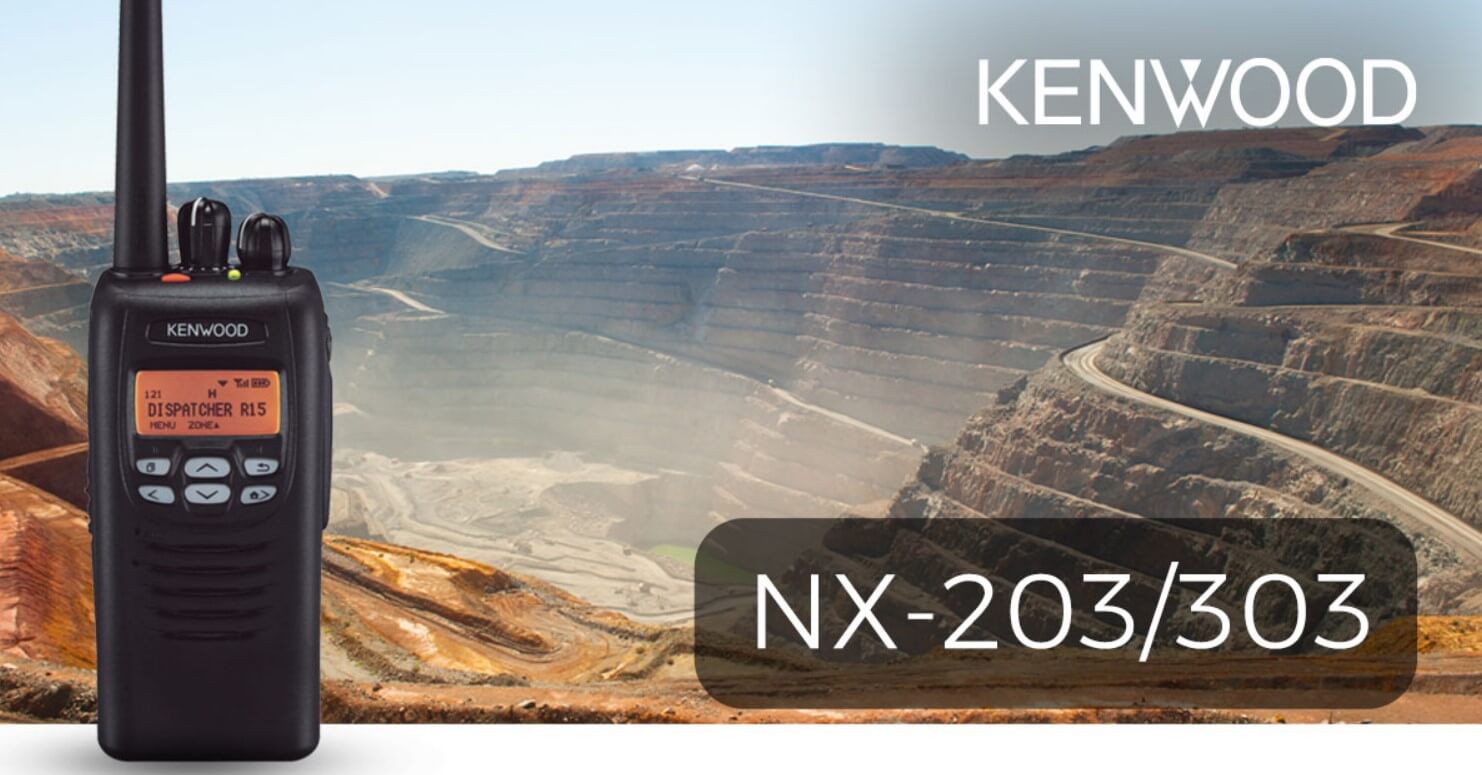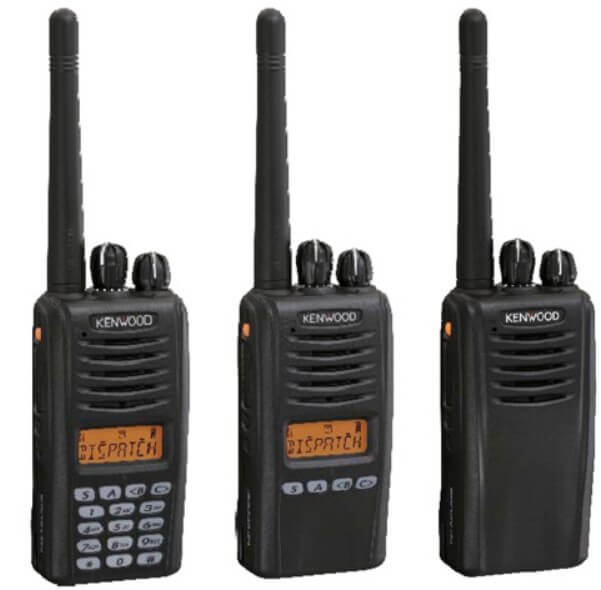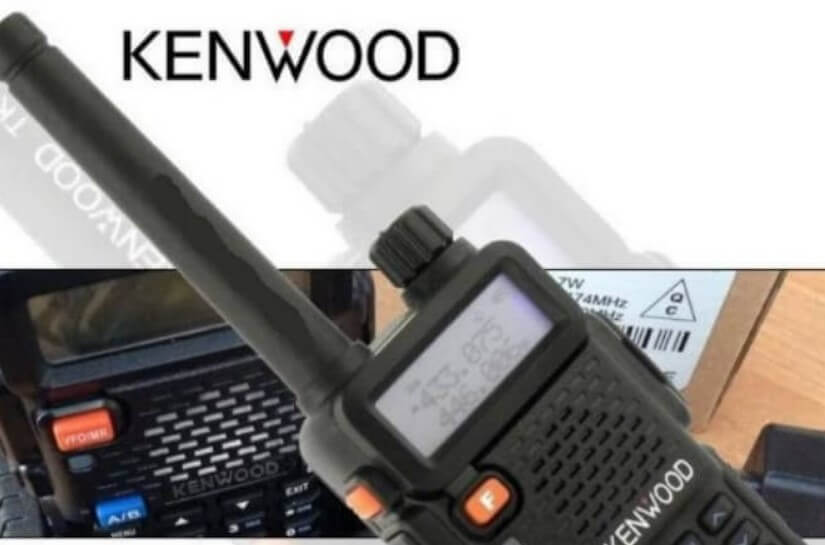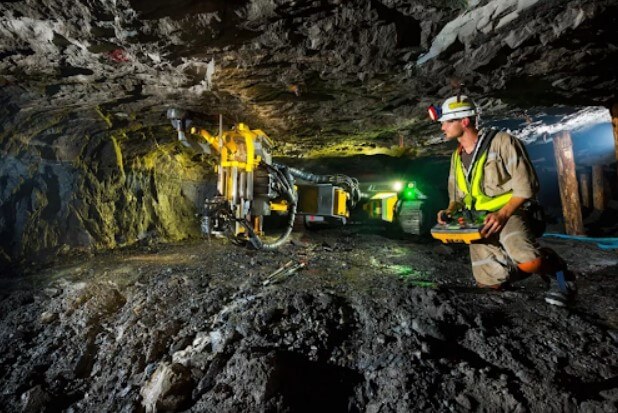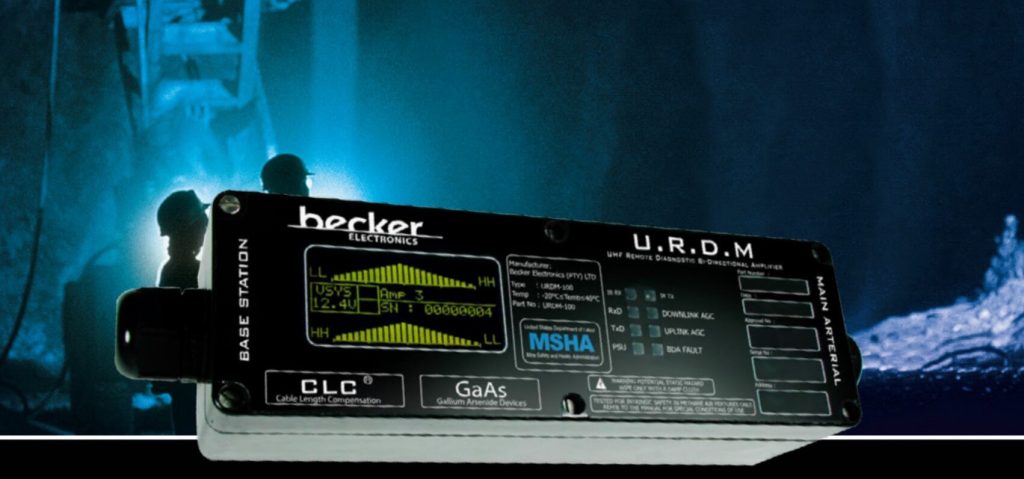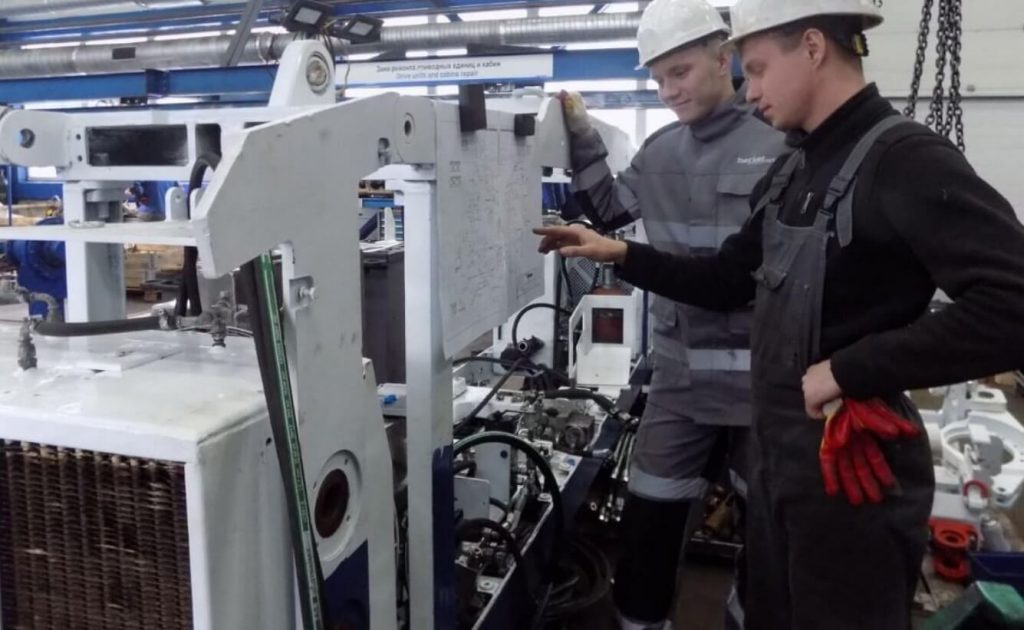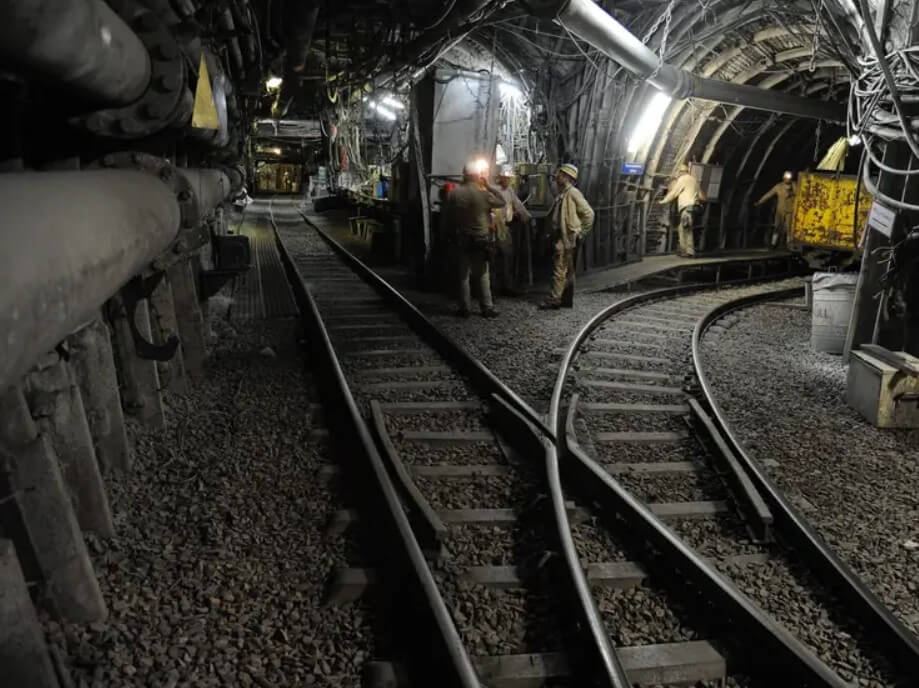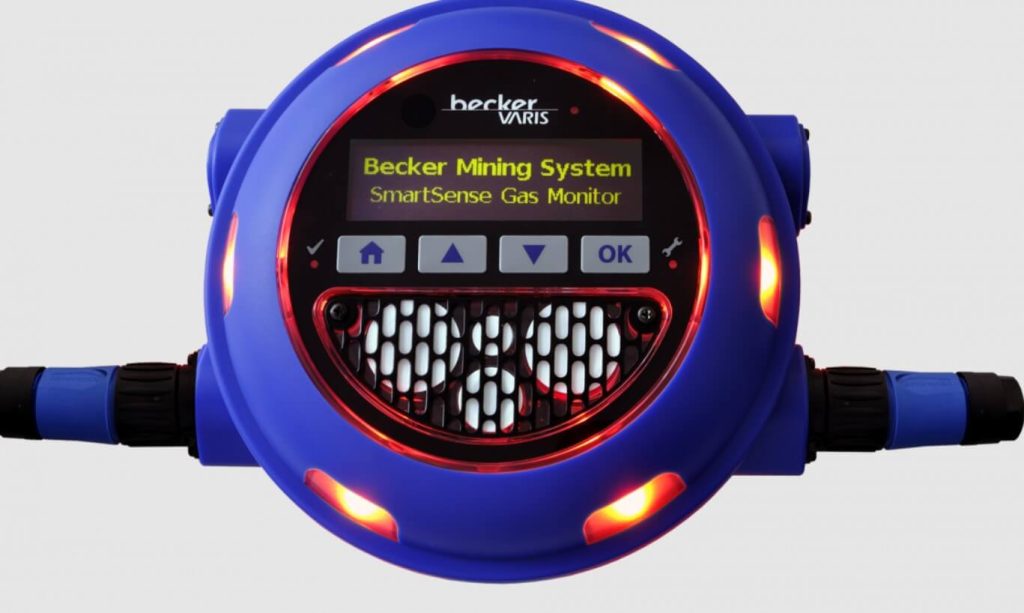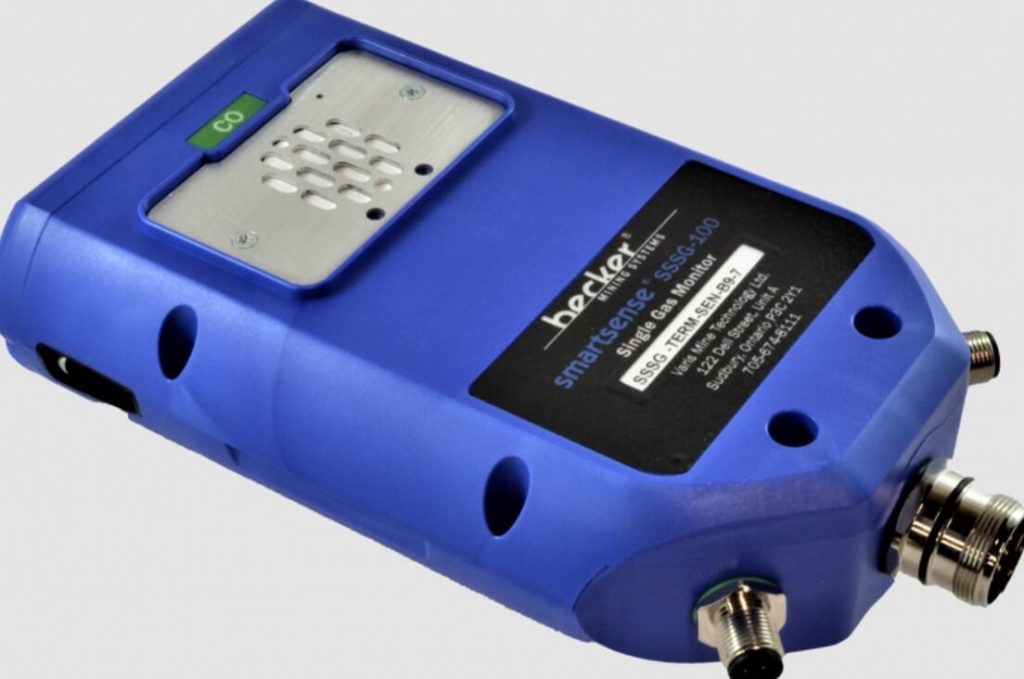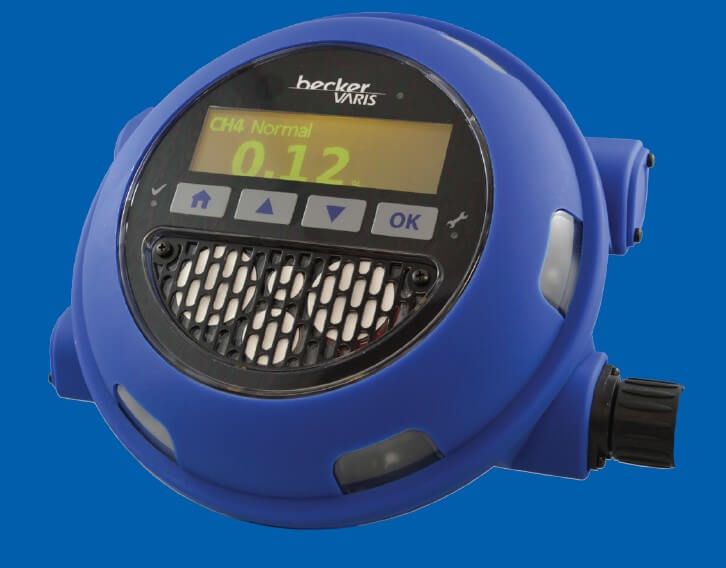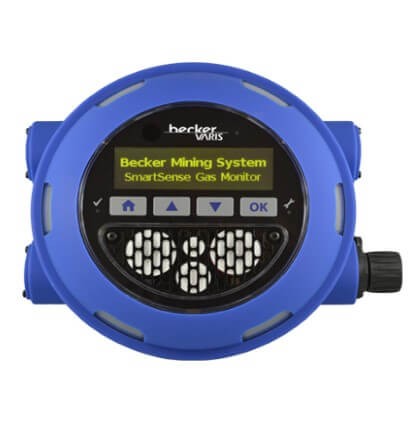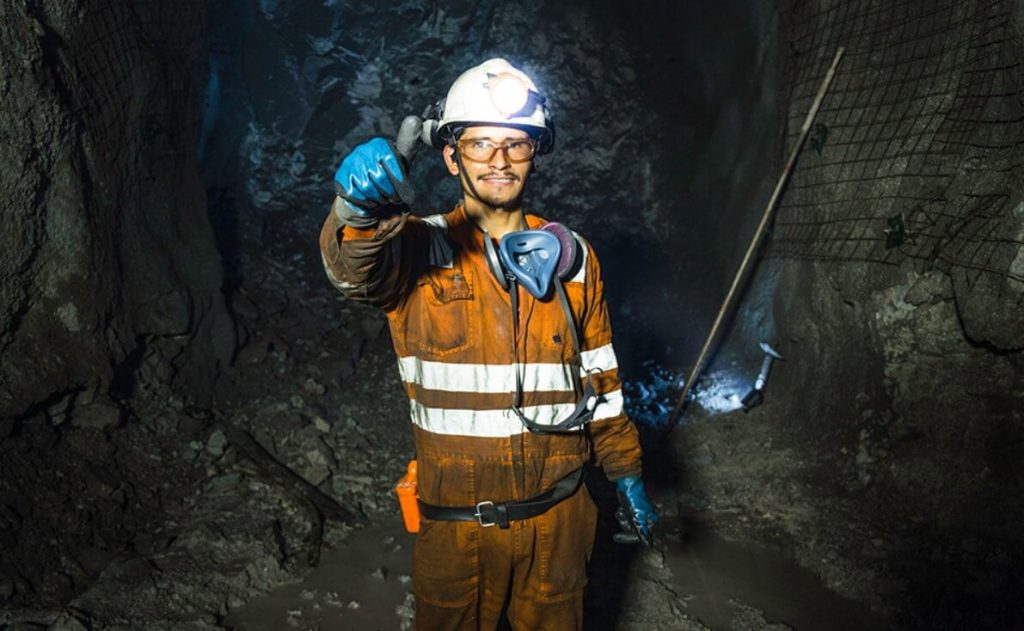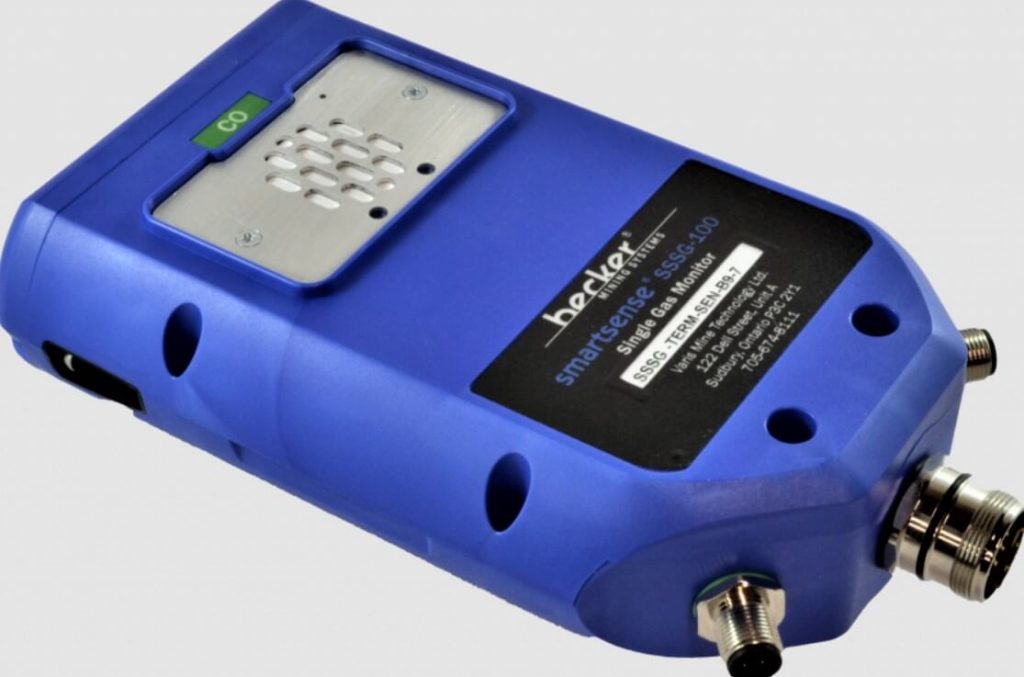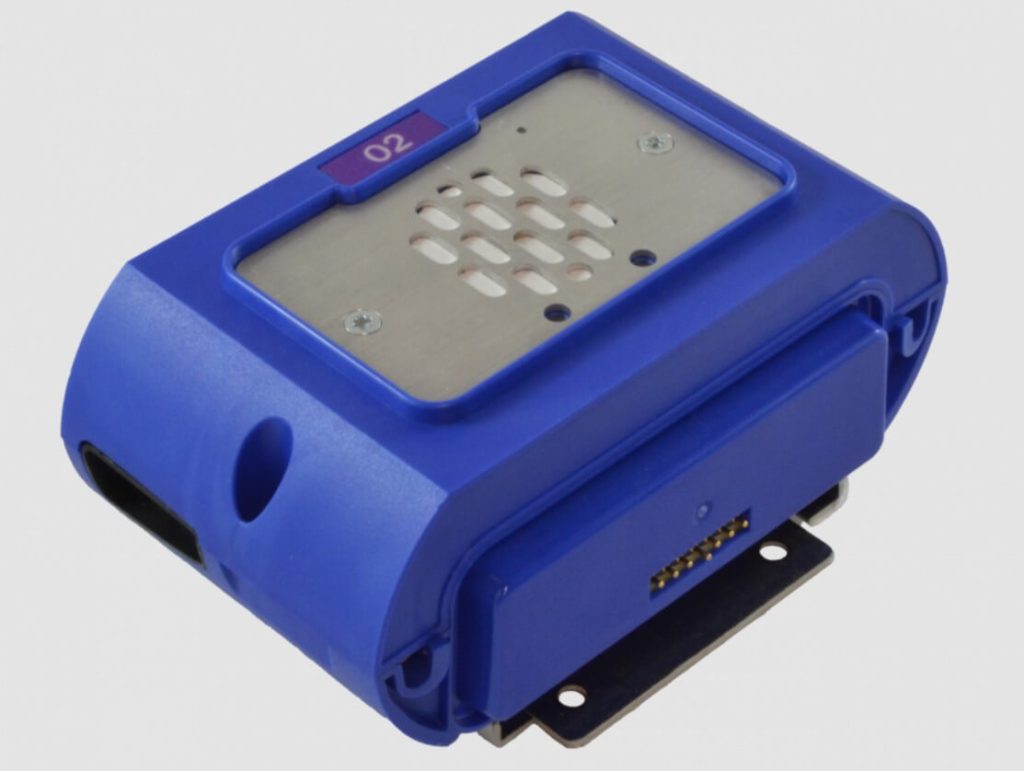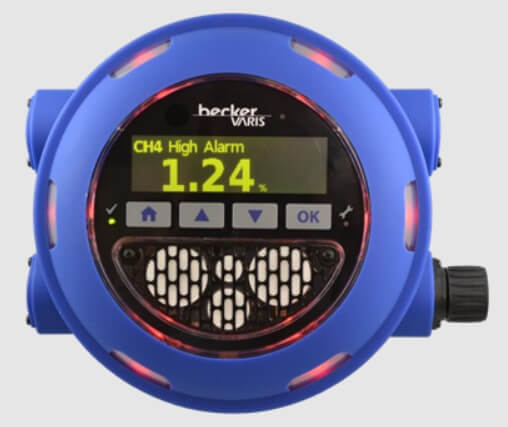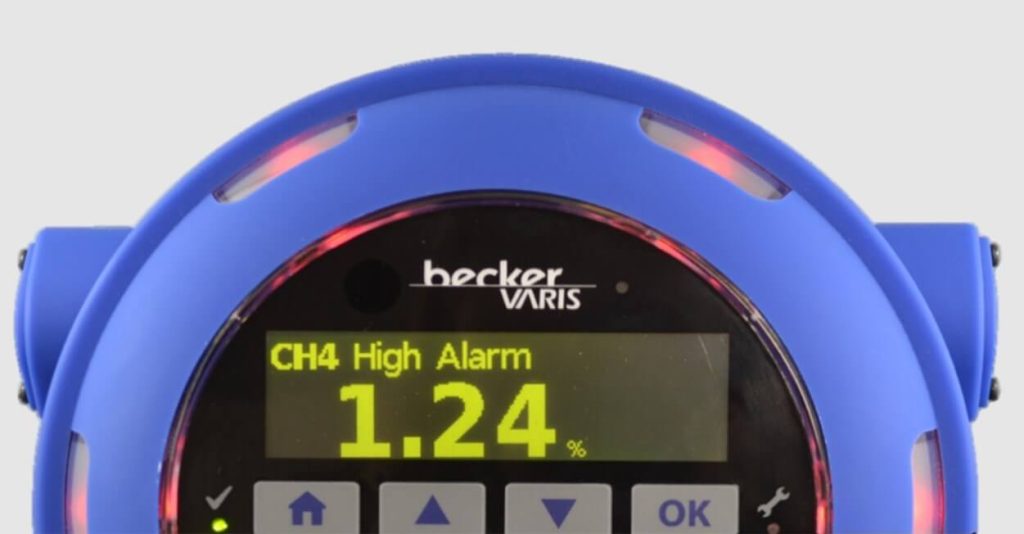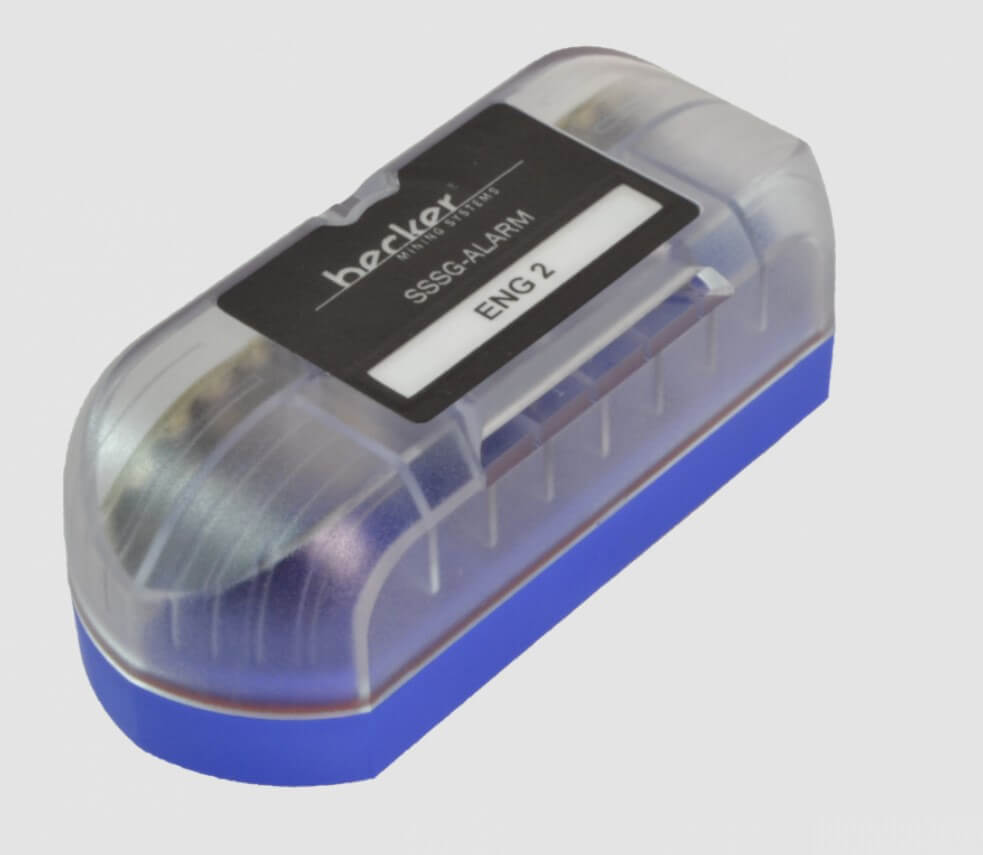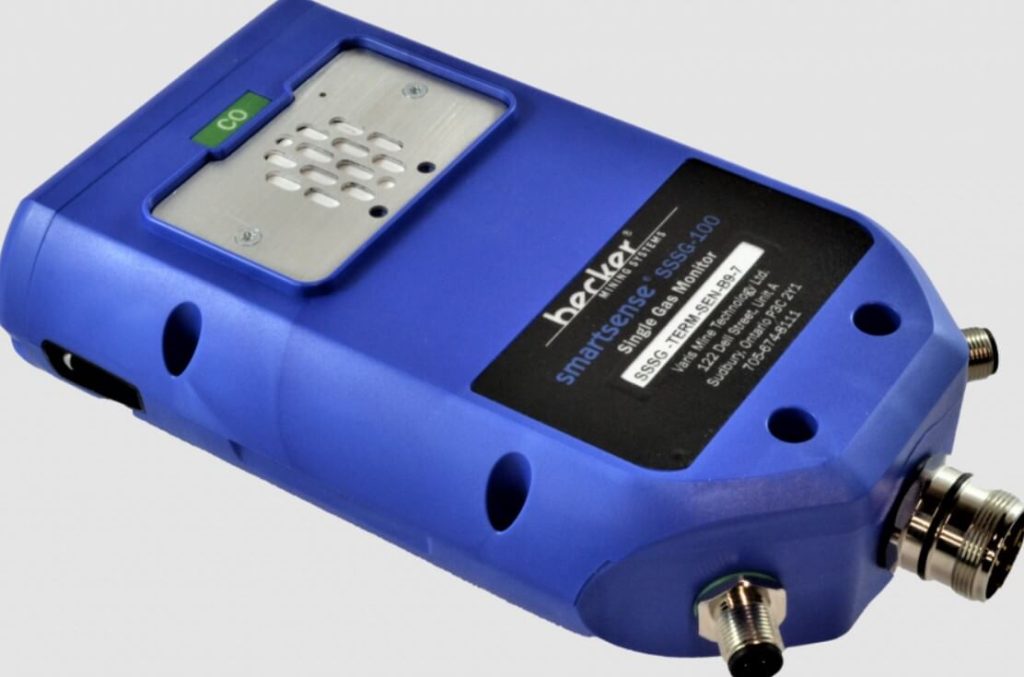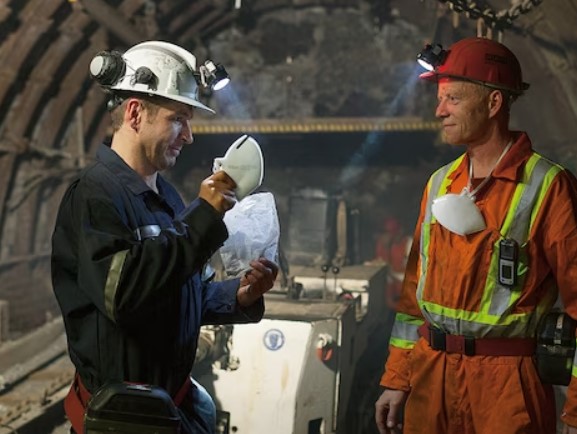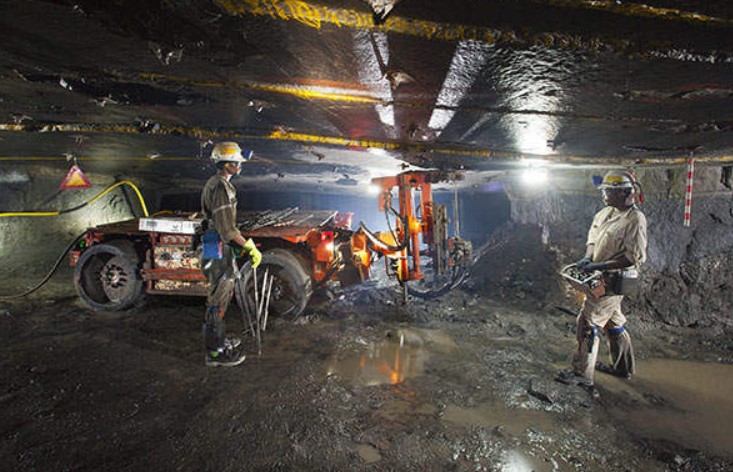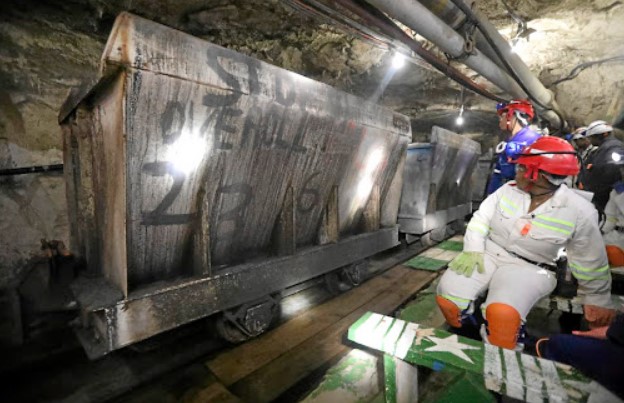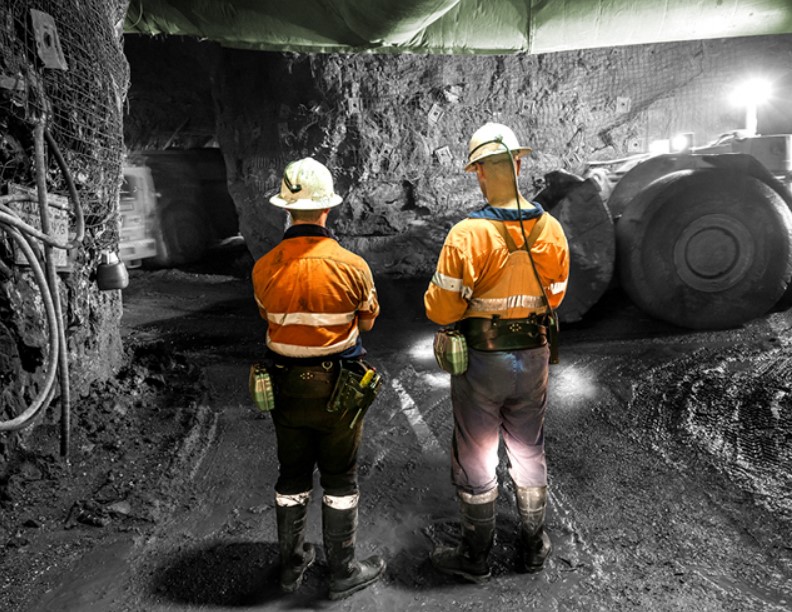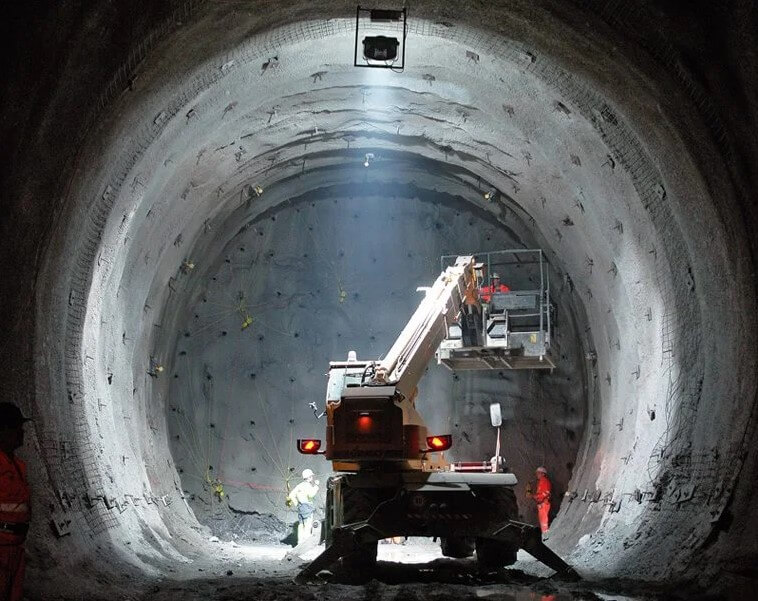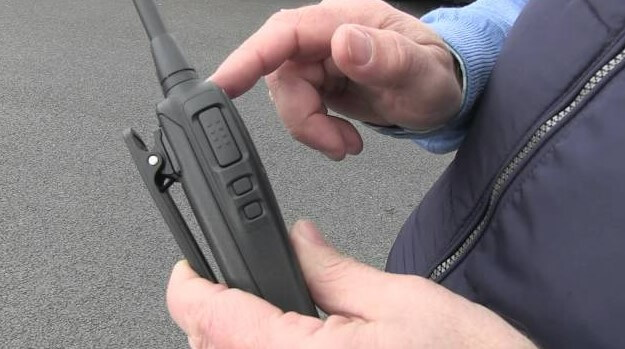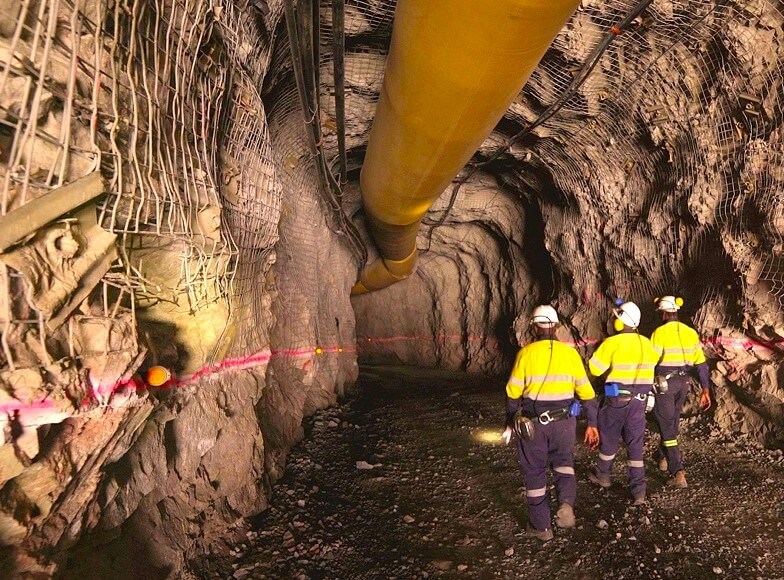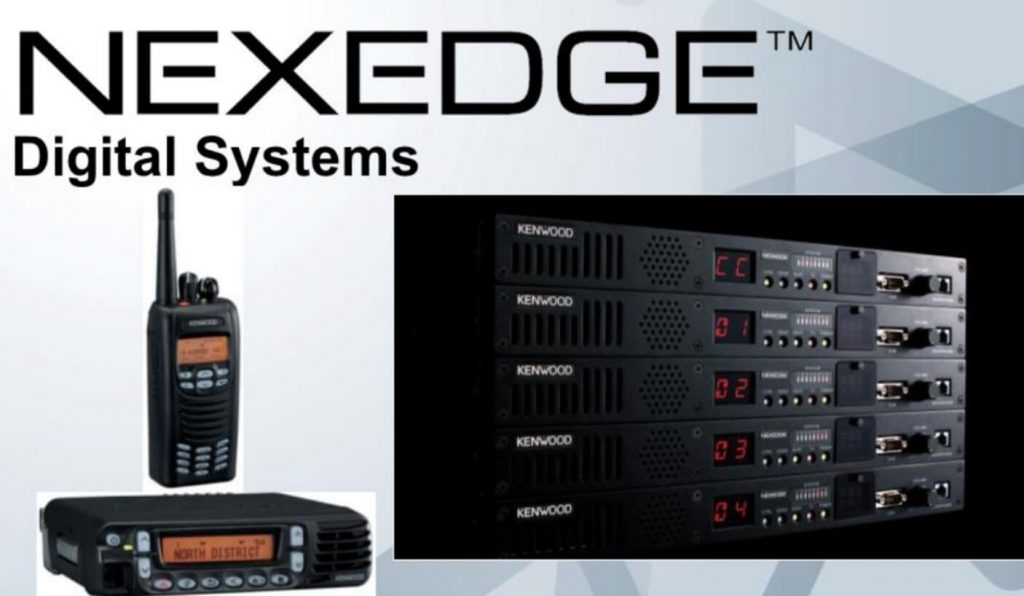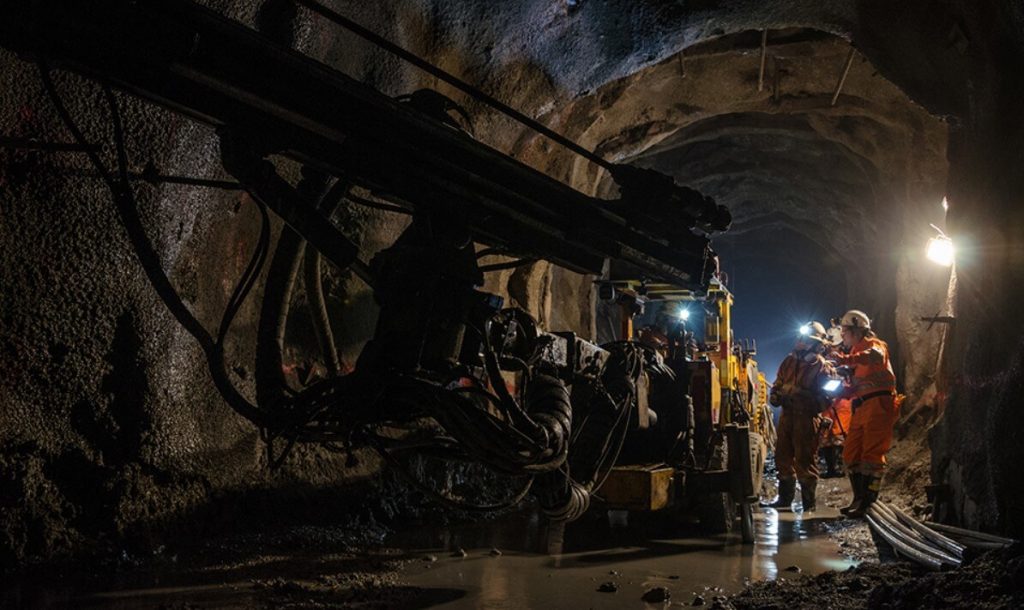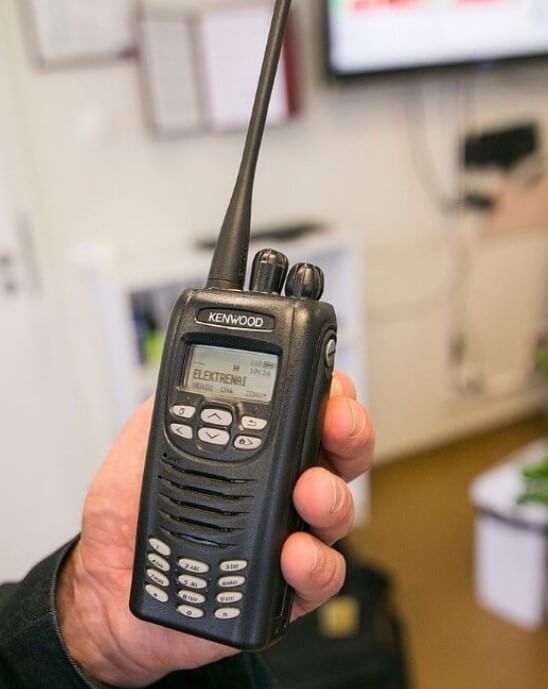In the world of mining, safety is paramount. With the inherent risks associated with extracting valuable resources from beneath the Earth’s surface, miners and mining companies continually strive to implement technologies that can mitigate potential hazards. One critical component in ensuring the safety of underground operations is the use of gas sensors. In this blog post, we’ll delve into the indispensable role played by gas sensors in preventing mining accidents, shedding light on their significance in safeguarding the lives of miners and the overall integrity of mining operations.
Understanding the Risks
Mining, by its nature, involves working in environments where various gases can pose severe threats to human health and safety. Common gases encountered in mines include methane, carbon monoxide, hydrogen sulfide, and other volatile organic compounds. The presence of these gases in high concentrations can lead to explosive atmospheres, as well as pose immediate risks such as asphyxiation or poisoning.
The Role of Gas Sensors
Gas sensors are instrumental in detecting and monitoring the levels of harmful gases within a mine. These sensors are designed to provide real-time data, allowing miners and mining companies to respond promptly to changing conditions. Let’s explore some key aspects of how gas sensors contribute to preventing mining accidents:
1. Early Detection of Gas Leaks
One of the primary functions of gas sensors is to detect gas leaks early on. Methane, for example, is highly flammable and explosive, posing a significant risk in coal mines. Gas sensors are capable of identifying even trace amounts of methane, enabling miners to take immediate action to prevent potential explosions. Similarly, carbon monoxide, a colorless and odorless gas, can be lethal in high concentrations. Gas sensors serve as an early warning system, giving miners the opportunity to evacuate and address the source of the leak.
2. Monitoring Ambient Air Quality
Gas sensors continuously monitor the ambient air quality within the mine. This includes tracking oxygen levels to ensure they remain within safe limits. Oxygen deficiency can lead to asphyxiation, while excess oxygen can increase the risk of combustion. By maintaining optimal oxygen levels, gas sensors contribute to creating a safer working environment for miners.
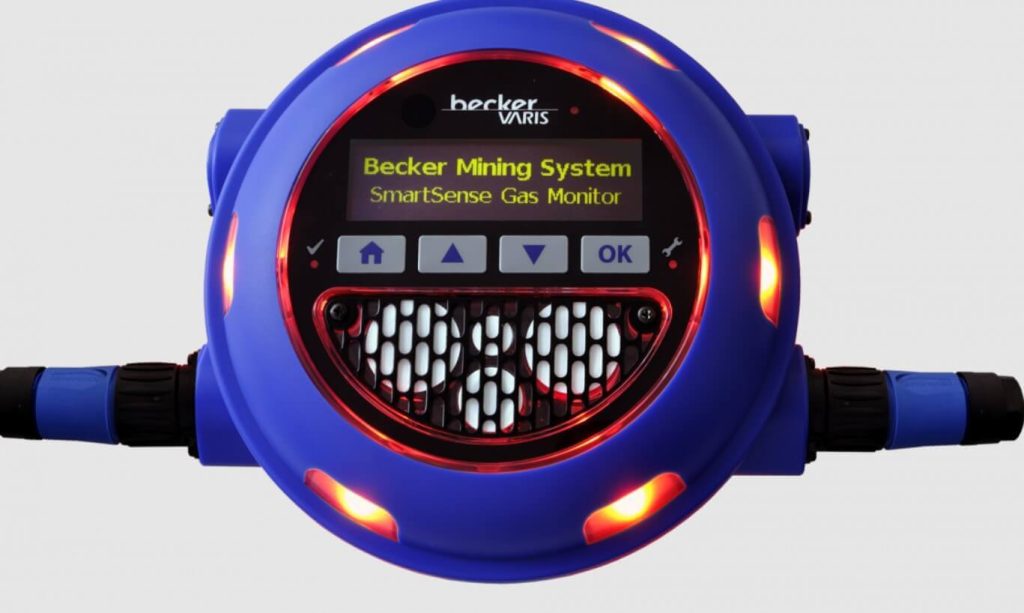
GET IN TOUCH
In a hurry? Call us at +1-724-515-4993
3. Protection Against Hydrogen Sulfide
Hydrogen sulfide is another dangerous gas found in certain mining environments. It is toxic, flammable, and can pose serious health risks. Gas sensors equipped to detect hydrogen sulfide provide an early indication of its presence, allowing miners to evacuate the area and prevent exposure.
4. Integration with Mine Ventilation Systems
Gas sensors often work in conjunction with mine ventilation systems. When elevated gas levels are detected, these systems can be automatically adjusted to increase airflow and dilute the concentration of harmful gases. This integration enhances the overall effectiveness of safety measures within the mine.
5. Compliance with Regulations
Mining operations are subject to stringent safety regulations, and gas sensors play a crucial role in ensuring compliance. Regular monitoring and reporting of gas levels demonstrate a commitment to the well-being of miners and adherence to industry standards. Failure to meet these standards not only jeopardizes the safety of personnel but can also result in legal and financial consequences for mining companies.
Case Study: Becker Wholesale Mine Supply
Becker Wholesale Mine Supply, a leading provider of mining equipment and safety solutions, recognizes the paramount importance of gas sensors in preventing mining accidents. The company has been at the forefront of integrating cutting-edge sensor technologies into their product offerings, enhancing the safety of miners and the efficiency of mining operations.
Becker’s gas sensor solutions are designed to withstand the harsh conditions of underground mines while providing accurate and reliable data. Their sensors are equipped with advanced features such as remote monitoring, real-time alerts, and seamless integration with other safety systems. By prioritizing the well-being of miners, Becker Wholesale Mine Supply has become a trusted partner for mining companies worldwide.
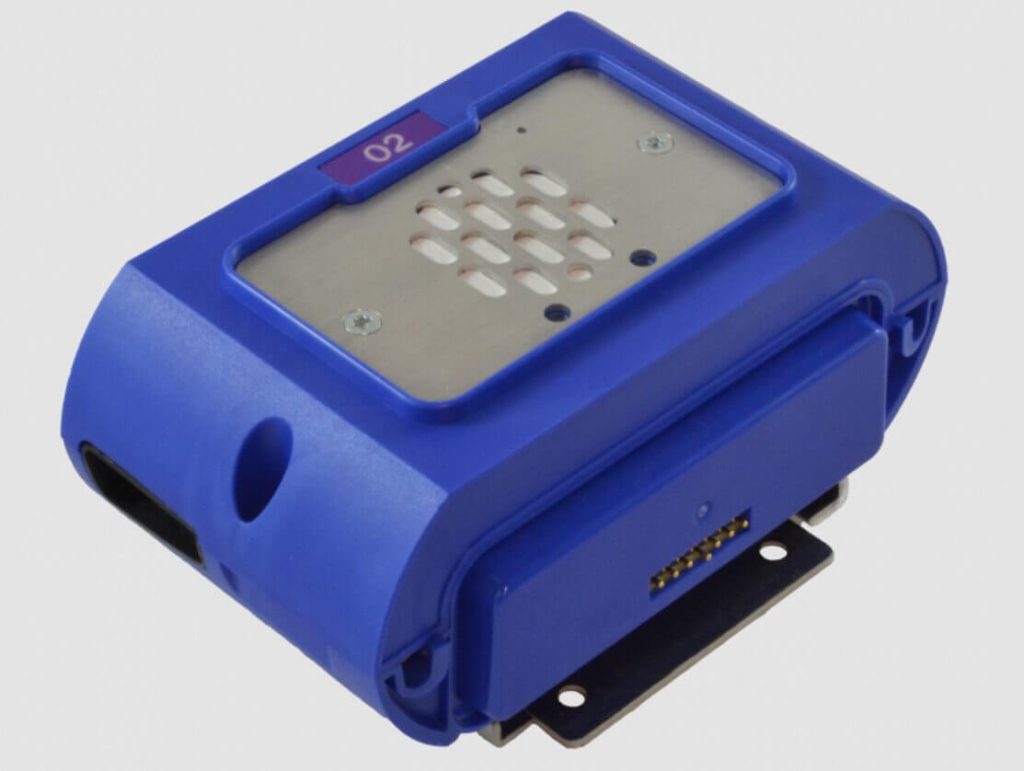
GET IN TOUCH
In a hurry? Call us at +1-724-515-4993
Conclusion
As mining operations continue to push the boundaries of exploration and extraction, ensuring the safety of miners remains a top priority. Gas sensors play a pivotal role in this endeavor, offering an early warning system for potential hazards and enabling swift responses to changing conditions. Through continuous innovation and integration with other safety technologies, gas sensors contribute significantly to preventing mining accidents and creating a safer working environment underground. Becker Wholesale Mine Supply’s commitment to incorporating these advanced technologies underscores the industry’s collective effort to make mining operations not only productive but also inherently safe for those working in the depths of the Earth.
Empower Your Mine Safety Today!
Invest in cutting-edge gas sensor solutions from Becker Wholesale Mine Supply and safeguard your mining operations. Don’t compromise on safety – choose reliability, innovation, and peace of mind. Contact us now to explore our advanced sensor technologies and enhance the well-being of your miners. Together, let’s build a safer future for underground mining.
Products That We Offer
- VHF Leaky Feeder System
- UHF Leaky Feeder System
- SMARTSENSE®FIXED MONITOR
- RNG-500VHF Leaky Feeder Cable
- UHF Low Loss Leaky Feeder Cable
- Kenwood NX-203/303 Radios
Take control of your mining communication systems today! With Becker Wholesale Mine Supply, the leading manufacturer in the USA. Contact us now and revolutionize your mining communication systems!
